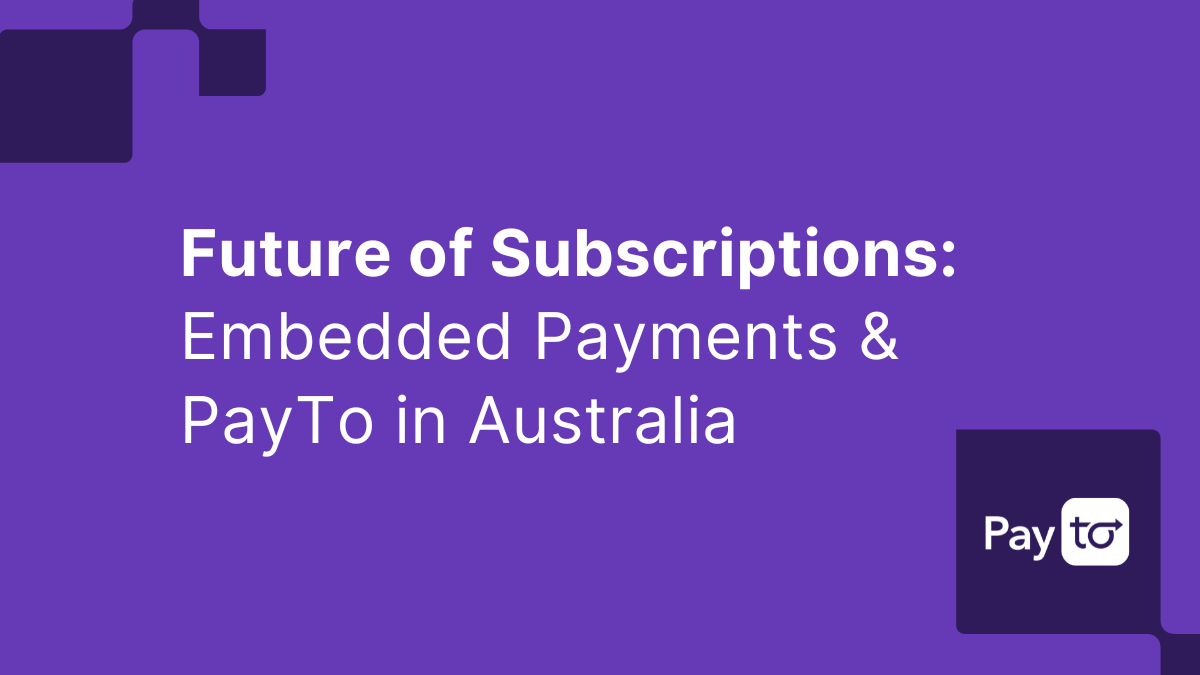Payments in 2030
In October 2019, Monoova – a payments-automation business – made some seemingly damning predictions about its own industry: by 2030, payments as we know it will be dead. Presenting at the Intersekt Fintech Festival in Melbourne, we must have looked strangely excited about our own impending doom. At this year’s Intersekt (19th-20th of May), it’s time for the sequel. In 2019, we spoke about the death of payments. This time we speak about its afterlife and what we can do to prepare for it.
But let’s refresh our memories. What claims did we make, and why, that day 18 months ago? It was all about the evolution of consumer expectations. There is evidence of payments as far back as 40,000 years ago. This would make it one of very few daily activities that has stayed with us since before recorded history. Throughout these thousands of years, payments have been an unhappy experience: you interrupt something you don’t want to interrupt to part with something you don’t want to part with. It has been in everyone’s interest to make payments less like payments.
The history of payments, therefore, has seen countless innovations making paying a decreasingly cumbersome experience – from the introduction of money to the introduction of credit cards, from the creation of the ‘Uber experience’ to the shift to real-time flows. Despite these, however, we are still expected to fiddle with wallets, phones and cards when making a payment. That is, we are exchanging digital tokens of value but we are still expected to physically do something to hand them over. We are in a ‘kerosene phase’: we have left open fires behind but we haven’t yet figured out electricity.
Our big prediction at Intersekt 2019 was that the kerosene phase will have come to an end by 2030. No longer will we have to do interrupt our days when making payments. In fact, after 40,000 years, payING as an activity will have come to an end. Hence the ‘death of payments’. Instead of being an ‘activity of payING’, payments will be a ‘state of having paID’. Just like we almost never are connectING to the internet anymore; we are always just connectED. Payments will have moved into the background. The Uber experience everywhere, all the time.
For the payments industry, this has huge implications. First, the systems and processes required to accommodate this consumer expectation of simple and seamless payments will convince non-payments companies that it isn’t a good use of their resources to build them in-house. Just like businesses buy their office furniture from someone who specialises in furniture, businesses will rely overwhelmingly on outsourcing the management of their payment flows to specialist payment companies.
Second, the complexity of these systems will force a change among payment businesses away from single-solution systems (e.g., card gateways) with a portal interface to fully API-driven, multi-rail payments automation. For us at Monoova, who happen to be running this kind of payments business, this is great news.
And roughly there is where we left the story in October 2019. It’s high time we continue. 18 months of the 11-year timeline have already passed.
On the 20th of May, we will take a closer look at payments beyond 2030 and what might be required to truly be in the background. We will examine what we can do to prepare for it and what has already happened since our first prediction. And most importantly, we will assess whether we think the prediction still holds. You are warmly invited to join us for the sequel to the death of payments as we explore its afterlife.


.png)


